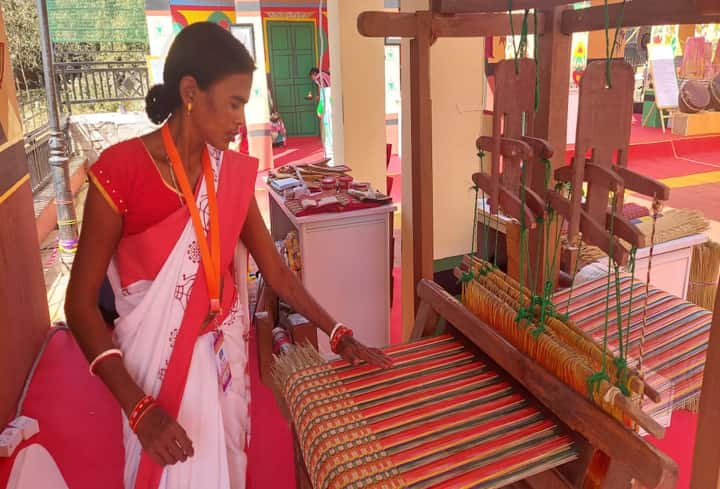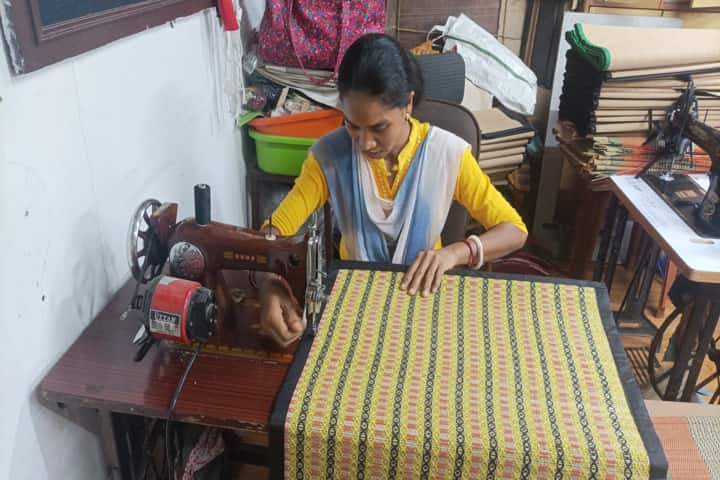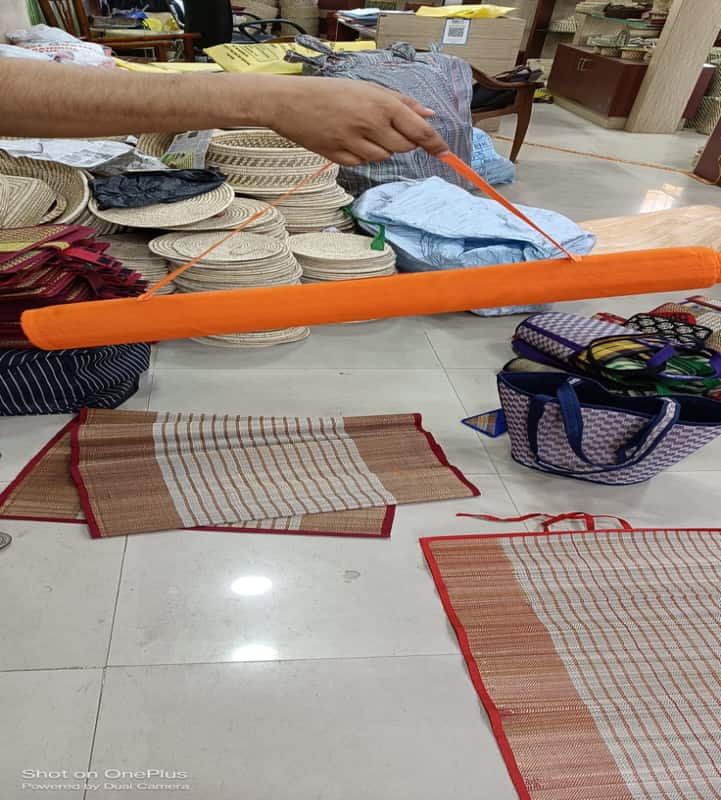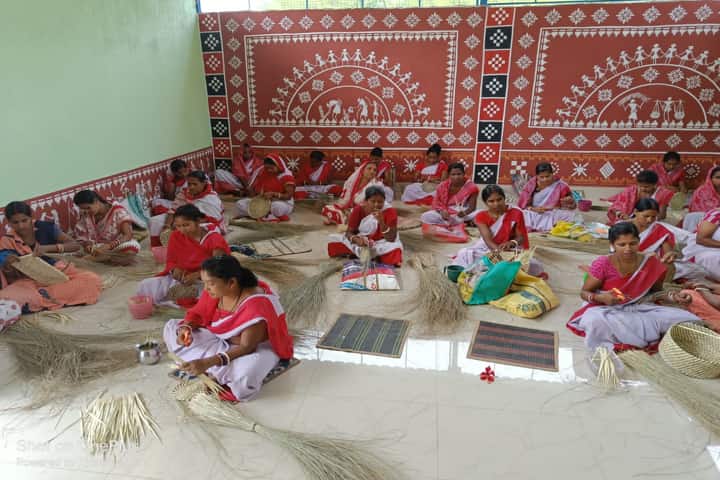This year’s International Yoga celebrated on June 21 will bring together two of India’s ancient traditions – the age-old discipline for health and relaxation and the country’s tribal art and heritage. This has become a reality as the Tribal Cooperative Marketing Development Federation of India has collaborated with the Ministry of Ayush to supply 34,000 yoga mats.
These mats procured exclusively from tribal artisans from across different regions of the country, will bear the distinct designs and motifs representative of their respective communities. Apart from aesthetics, every mat will be a vibrant testament to the diverse cultural heritage of India’s tribes, and reflect their artistic legacy, folklore and stories.

MoA will use these mats on IYD for different workshops, events and training programmes that are being organised to celebrate the day. These mats will connect the yoga enthusiasts to the rich cultural heritage of tribal artisans as the participants will get an opportunity to appreciate their artistic sensibilities and brilliance and also bring to the fore India’s rich and diverse cultural tapestry.
At the same time it will also showcase the socio-economic empowerment of tribals and their inclusivity in the country’s development and progress.
West Bengal’s Santhals have presented the essence of Madurkathi which is an integral part of Medinipur’s rich weaving heritage in their mats. They use a technique which is similar to the intricate craftsmanship involved in weaving a saree using a fly shuttle handloom. The tribals intricately intertwine cotton yarn as the tana or vertical threads and Madurkathi as the bona or horizontal threads.

Being non-conductive in nature and having exceptional sweat-absorbing attributes, they are well suited for hot and humid climates. Tribal weavers from West Bengal’s districts including Beltala, Gochara, Sanchara, Kangal Beria, Debra, and Laulara in Medinipur and Purulia districts have produced these mats.
The tribals of Mayurbhanj in Odisha have made Sabai grass mats. They first harvest and sort the grass which is then dried and treated for pliability. A loom with vertical warp threads is used by the weaver to combine Sabai grass weft threads horizontally through them, employing twining techniques for durability. To provide additional colours and patterns dyed grass is used.
On completing the weaving, excess grass is trimmed and loose ends secured. What makes these mats special is that they combine aesthetics with longevity, offer absorbency, comfort and are sustainable.

From Jharkhand’s East Singhbhum district, come mats made of Gondha grass. The grass harvested by tribal women from waste land and riverbeds highlights the rich heritage and sustainable practices of the indigenous people.
Once collected the Gondha grass are cut, split and sized they are used along with cotton yarn to make mats, bags, covers, and domestic items. The weaving process interlaces the warp and weft threads, creating intricate patterns. These grass mats are durable and eco-friendly.




















